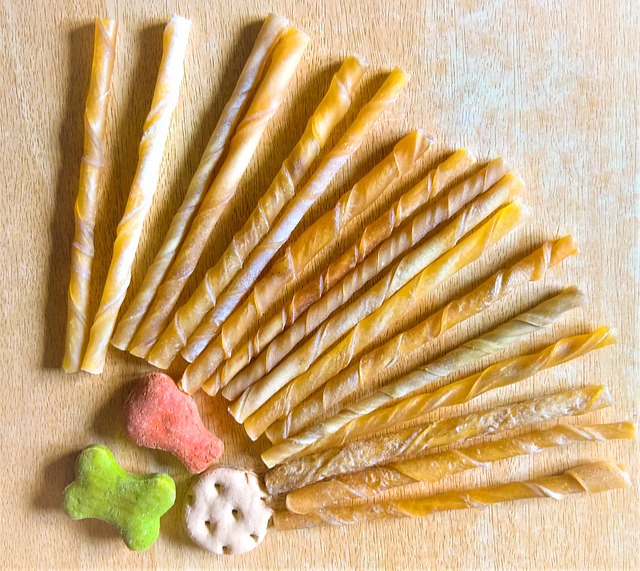Pet Toys: Interactive Play for Pet Development and Wellness
Pet toys are more than simple distractions; they shape behavior, physical activity, and mental stimulation for cats, dogs, and other companion animals. Choosing toys with clear purposes — puzzle feeders for thinking, chew toys for dental and jaw health, or treat dispensing devices for engagement — can support daily routines and reduce undesirable behaviors. This article explains types of pet toys, how they affect animal wellness and pet development, and practical tips for selecting safe, effective options.

What are puzzle feeders and who benefits?
Puzzle feeders are toys that require pets to solve a simple challenge to reach food or kibble. They slow eating, reduce gulping, and encourage problem-solving, which can be especially helpful for dogs prone to overeating or for indoor cats needing extra stimulation. Puzzle feeders come in many designs, from simple treat balls to multi-compartment boards. When introducing a puzzle feeder, choose the right difficulty level and supervise initial use to ensure the pet learns the mechanics and doesn’t become frustrated.
How do treat dispensing toys support training?
Treat dispensing toys reward pets for desired behaviors by releasing small portions of treats or kibble when manipulated correctly. They can reinforce training commands, provide positive feedback during learning, and offer controlled portions that align with feeding plans. For trainers and owners, these toys are useful for shaping behavior without constant human intervention. Use low-calorie treats or adjust meal portions to prevent overfeeding, and vary the dispensing rate and challenge to keep engagement high without creating dependence on food rewards alone.
When are chew toys important for pets?
Chew toys meet natural chewing instincts and help maintain oral health by reducing plaque and exercising jaw muscles. Puppies and young dogs use chew toys to soothe teething discomfort, while older dogs may use them for boredom relief. Choose appropriate materials for the animal’s size and chewing strength — softer toys for gentler chewers, durable options for strong chewers, and veterinarian-approved dental chews for added cleaning action. Replace toys that are broken or show loose pieces to avoid ingestion or choking hazards.
How do toys contribute to animal wellness?
Toys are a component of broader animal wellness because they encourage physical activity, cognitive engagement, and stress reduction. Regular play supports cardiovascular health, healthy weight, and coordination, while interactive toys can lower anxiety in animals left alone for periods. Pairing toys with structured play sessions and access to local services such as professional trainers or enrichment specialists can create a balanced routine. Always consider an individual pet’s age, breed, and medical history when selecting toys to support overall wellness.
How do toys aid pet development and learning?
During critical developmental stages, toys help socialization, motor skills, and confidence. For puppies and kittens, varied textures and safe obstacles introduce sensory experiences; puzzle feeders and treat dispensing toys teach cause-and-effect relationships. Rotating toys keeps novelty high and prevents habituation, which supports sustained curiosity and learning. Observing how a young animal interacts with different types of toys provides insight into temperament and learning styles, informing future training and enrichment choices.
This article is for informational purposes only and should not be considered medical advice. Please consult a qualified healthcare professional for personalized guidance and treatment.
Conclusion
Selecting the right pet toys involves matching purpose, durability, and safety to an individual animal’s needs. Puzzle feeders and treat dispensing toys can encourage mental exercise and reinforce training, while chew toys address dental and soothing needs. Consider your pet’s life stage and energy level, monitor wear and tear, and combine toys with regular play routines or local services when additional guidance is needed. Thoughtful toy choices contribute to sustained pet development and a healthier, more engaged companion.






